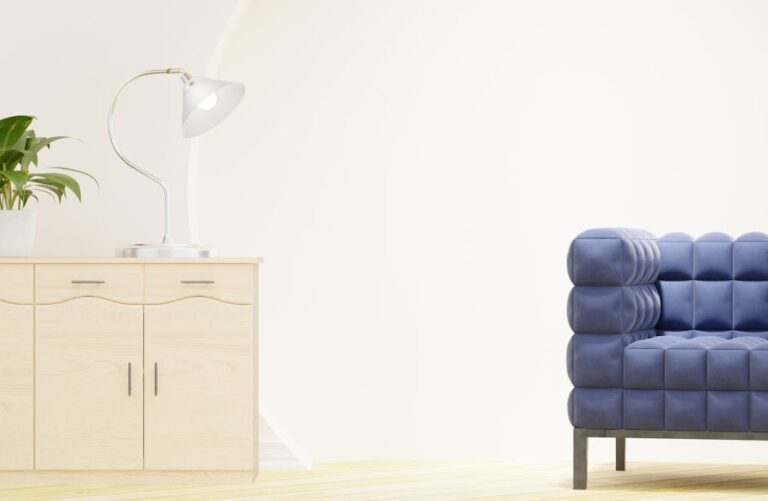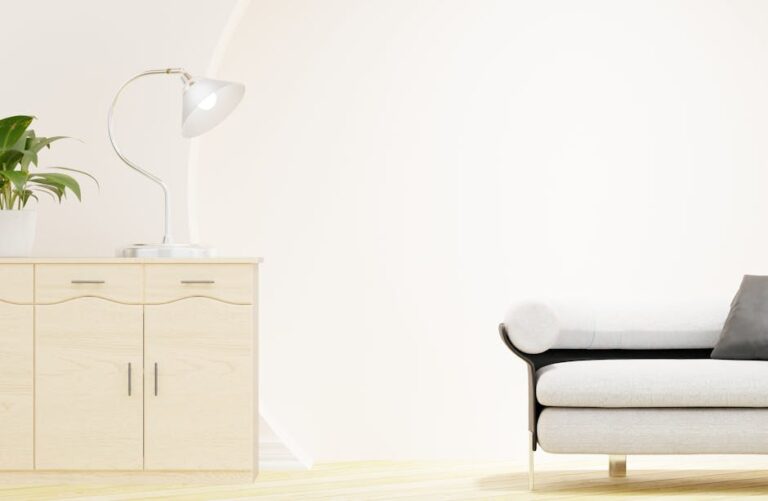
Minimalism in Home Decor: A Comprehensive Guide to Achieving Serene Simplicity
Embracing the Philosophy of Less: Understanding Minimalist Design
Minimalism in home decor isn’t simply about removing items. It’s a conscious, deliberate lifestyle choice that prioritizes essential living and cultivates a sense of calm through curated spaces. It’s about intentionally choosing what you own and ensuring each item serves a purpose or brings joy. Beyond aesthetics, it promotes mindful consumption and a detachment from the constant accumulation of belongings. The core philosophy rests on decluttering not just physical space, but mental space as well, fostering a more peaceful and focused environment.
Deconstructing Maximalism: Identifying and Eliminating Excess
The first step towards a minimalist home is a ruthless assessment of your belongings. Maximalism, the antithesis of minimalism, often manifests as crowded surfaces, overflowing closets, and an abundance of decorative items lacking purpose. Begin by auditing each room individually. Ask yourself: Do I need this? Do I use this? Do I love this? If the answer to all three is no, it’s time to let go. Implement the KonMari Method, evaluating each item for its “spark joy” factor. Consider donating, selling, or responsibly discarding unwanted items. This process can be emotionally challenging, but it’s crucial for clearing the path to a more minimalist existence.
Color Palette Perfection: Neutrality and Strategic Accents
Color plays a vital role in creating a minimalist aesthetic. A predominantly neutral palette of whites, grays, beiges, and soft pastels provides a calming backdrop. These hues reflect light, creating a sense of spaciousness and airiness. While neutrality is key, strategic use of accent colors can add visual interest and personality. Choose one or two accent colors that complement the neutral base and incorporate them sparingly through artwork, textiles, or decorative objects. Consider natural textures like wood, stone, and linen to introduce warmth and depth without overwhelming the space with color.
Furniture Selection: Functionality and Form Over Fluff
Furniture in a minimalist home should be functional, durable, and visually appealing. Avoid bulky, ornate pieces in favor of clean-lined, modern designs. Prioritize quality over quantity, investing in fewer, well-made items that will last. Multi-functional furniture, such as a sofa bed or a coffee table with storage, is an excellent choice for maximizing space and minimizing clutter. When selecting furniture, consider the scale of the room and choose pieces that are appropriately sized. Avoid overcrowding the space, allowing for easy movement and a sense of openness.
Lighting Design: Illuminating Simplicity
Lighting is essential for creating the right atmosphere in a minimalist home. Maximize natural light by keeping windows unobstructed and using sheer curtains or blinds. Layered lighting, combining ambient, task, and accent lighting, can add depth and dimension to the space. Opt for simple, elegant light fixtures with clean lines and minimal embellishment. Recessed lighting, track lighting, and pendant lights with minimalist designs are excellent choices. Consider using dimmers to adjust the lighting levels and create a more relaxing ambiance.
Textiles: Adding Softness and Texture
Textiles can add warmth and texture to a minimalist space without compromising its simplicity. Choose natural fabrics like linen, cotton, wool, and silk in neutral colors and simple patterns. Avoid overly ornate or busy designs. Use textiles to soften hard surfaces and add comfort to seating areas. A cozy throw blanket, a few throw pillows, and a simple area rug can make a room feel more inviting without adding clutter. Layering different textures can add depth and visual interest to the space.
Storage Solutions: Concealing Clutter and Maintaining Order
Effective storage is crucial for maintaining a minimalist home. Utilize built-in storage solutions, such as shelving units and cabinets, to conceal clutter and keep surfaces clear. Invest in storage containers, baskets, and boxes to organize items within drawers and cabinets. Consider using vertical space to maximize storage, such as installing shelves above doorways or in hallways. Regularly declutter your storage areas to ensure that you are not accumulating unnecessary items.
Wall Decor: Artful Restraint and Intentional Placement
Wall decor in a minimalist home should be carefully chosen and intentionally placed. Avoid cluttering the walls with too many pieces. Instead, opt for a few impactful artworks that complement the overall aesthetic. Choose artwork that reflects your personal style and brings you joy. Consider using large-scale pieces to make a statement. When hanging artwork, pay attention to placement and spacing. Leave ample space around each piece to allow it to breathe.
Accessories: Purposeful Placement and Meaningful Selection
Accessories should be chosen with purpose and intention. Avoid cluttering surfaces with knick-knacks and trinkets. Instead, select a few meaningful objects that add personality and visual interest to the space. Consider displaying items that have sentimental value or that reflect your interests. Group accessories together in small vignettes to create visual impact. Regularly declutter your accessories to ensure that you are not accumulating unnecessary items.
Plants: Bringing Nature Indoors
Plants can add life, color, and texture to a minimalist home. Choose plants that are easy to care for and that complement the overall aesthetic. Consider using minimalist planters and pots to maintain a clean and streamlined look. Place plants strategically throughout the space to create focal points and add visual interest. Plants can also help to purify the air and create a more relaxing environment.
Maintaining the Minimalist Mindset: Ongoing Decluttering and Conscious Consumption
Minimalism is not a one-time project, but an ongoing lifestyle choice. Regularly declutter your home to prevent clutter from accumulating. Practice conscious consumption by carefully considering your purchases before bringing new items into your home. Ask yourself: Do I need this? Will this add value to my life? By adopting a minimalist mindset, you can create a home that is both beautiful and functional, promoting a sense of calm and well-being. Embrace the philosophy of “less is more” and enjoy the benefits of a simpler, more intentional life. Remember to continually evaluate your space, adapting it to suit your evolving needs and maintaining the principles of simplicity, functionality, and intention. The journey to a minimalist home is a personal one, and the key is to find a balance that works for you.
